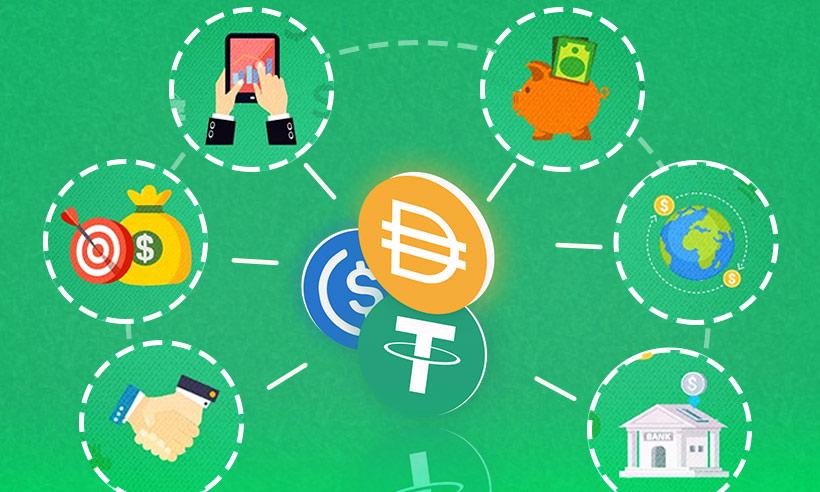Sep 13, 2021
by Ashna Goel
How Can the Adoption of Stablecoins Lead to Better Financial Inclusion?
.
Disclaimer: The views and opinions expressed in this article are for informational purposes only and do not constitute financial, investment, or other advice. Investing in or trading crypto assets comes with a risk of financial loss.
Ashna is a graduate from Amity University specializing in Journalism and Mass communications. She is currently working as a content writer for Agio support solutions Pvt. Ltd. She aims to provide quality content and strategy in the field of cryptocurrency and work with digital marketing platforms to deliver brand-specific strategies.
